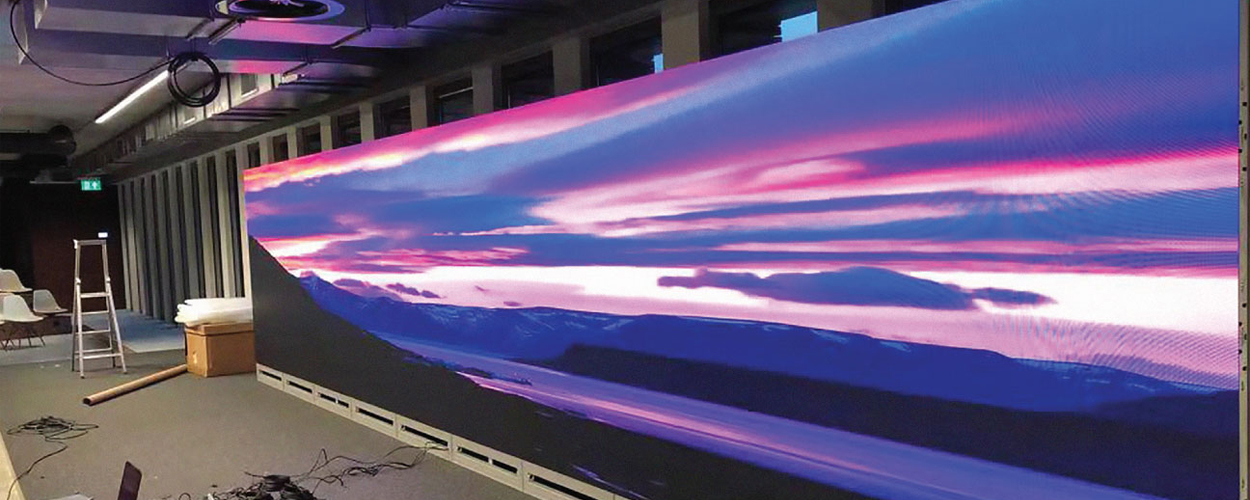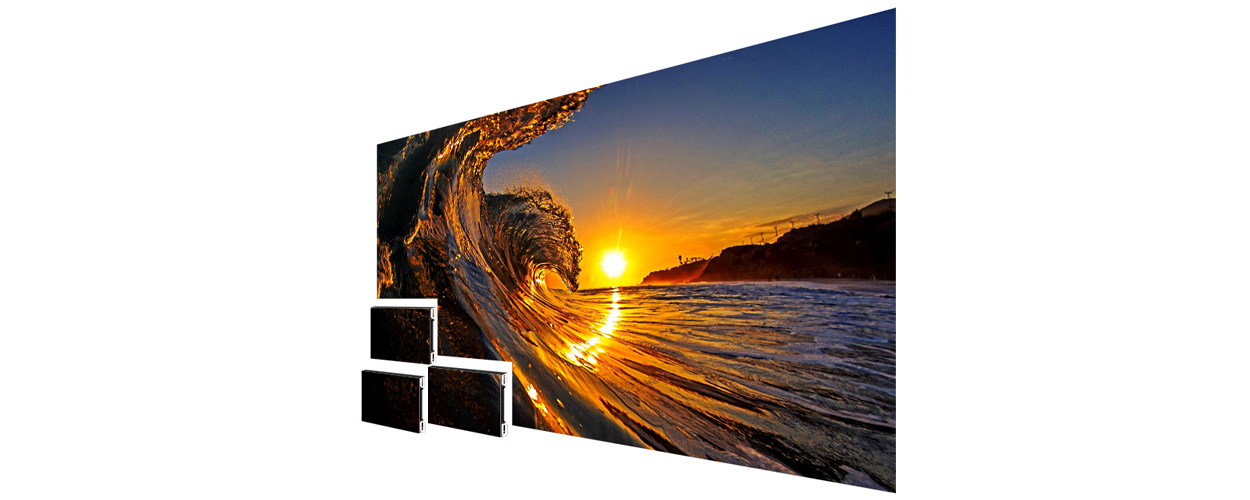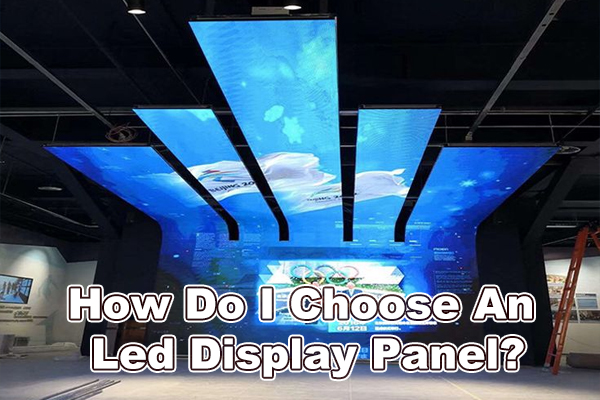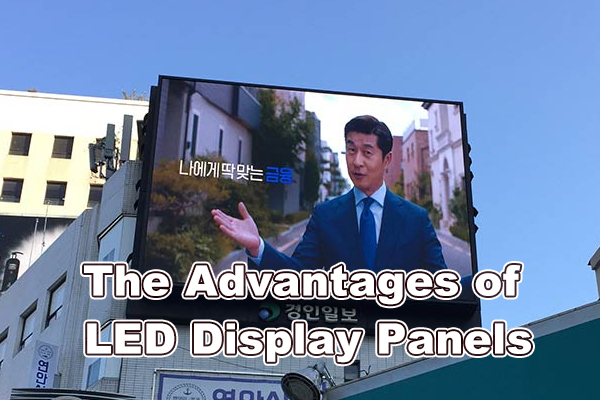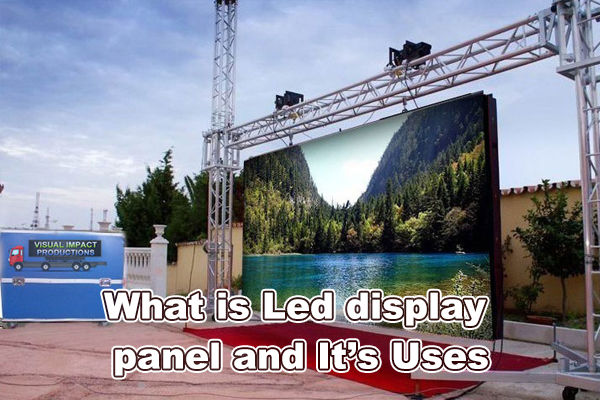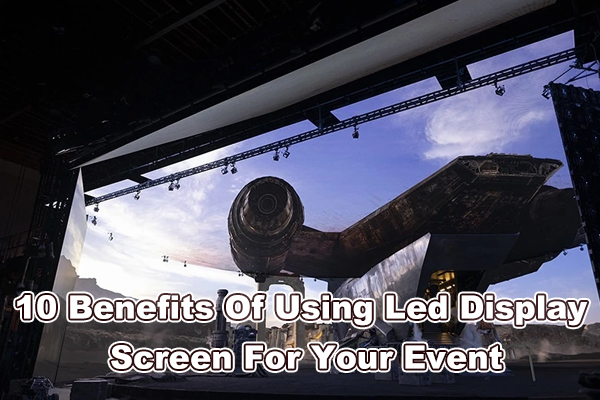In recent years, LED screens have gained tremendous popularity, finding their place not only in commercial applications but also in personal use. They are used in a variety of settings, from concerts and corporate events to sports matches, trade shows, and retail stores. However, their price range is quite extensive, ranging from $5,000 to $100,000 and beyond, and the factors influencing their final cost are diverse.
One of the most common questions investors have when it comes to LED display screens is, “Will it be expensive? Can I recoup the costs and make a profit?” In this blog post, we will delve into the factors that determine the price of LED screens and what you should consider before making a purchase.
The Cost of LED Display Walls
There are numerous factors that influence the price of LED display screens, and these factors may vary depending on the manufacturer and the screen’s specifications. The most crucial factors include the screen’s size, resolution, refresh rate, pixel pitch, and the quality of LEDs used.
LED Display Screen Size
The size of an LED display screen is one of the most critical determinants of its cost. Generally, LED screen prices are calculated per square meter, meaning the larger the screen, the higher the price.
Selecting the right-sized LED screen is essential to ensure that your content is visible and effective. Factors like viewing distance, content and purpose, as well as your budget, will impact your choice of LED screen size. By considering these factors, you can make a wise decision and choose the screen that best suits your needs.
LED Screen Resolution
Resolution refers to the number of pixels on the screen. Higher resolution means more pixels, resulting in sharper images. Choosing the correct resolution is vital for ensuring a high-quality visual experience.
If you plan to place the screen in areas where viewers are at a considerable distance, such as sports stadiums or concert venues, the first factor to consider when selecting the screen’s resolution is the viewing distance. Lower resolutions might suffice in such cases. However, if you’re placing the screen in a smaller space like a conference room or retail store, you’ll need a higher-resolution screen to ensure clarity and detail.
The second factor to consider is the type of content displayed on the screen. If you plan to showcase high-quality images or videos, a higher resolution screen will provide the necessary detail and clarity. On the other hand, if you’re displaying simple text or graphics, a lower-resolution screen may suffice.
LED Screen Refresh Rate
The refresh rate indicates how many times the LED wall updates the displayed image per second, measured in Hertz (Hz). For instance, a 60Hz refresh rate means the image updates 60 times per second. A higher refresh rate results in smoother motion on the LED wall.
The required refresh rate for an LED wall depends on its application. For most purposes such as corporate events, trade shows, and lectures, a 1920Hz refresh rate is sufficient. However, if you’re using the LED wall for viewing fast-moving content like sports or concerts, Xr virtual shoots, you’ll need a higher refresh rate, typically recommended at 120Hz or higher. This ensures that motion appears smooth and free of visible artifacts.
Quality of LED Chips, ICs, Power Supplies, and Cabinets
LED chips are the critical components of LED display screens, determining their brightness, color accuracy, and lifespan. LED screens with high-quality chips often exhibit better brightness, color accuracy, and longer lifespans, but they also come at a higher price. The size and number of chips will also affect the screen’s cost, with larger chips and more chips contributing to higher costs. Additionally, the quality of integrated circuits (ICs) and power supplies plays a crucial role in the stability and efficiency of the LED display screen. High-quality ICs and power supplies enhance stability but may increase the screen’s cost. In contrast, lower-quality ICs and power supplies can lead to screen failures or malfunctions, resulting in higher repair or replacement costs.
Cables and Cabinets
The quality of cables affects signal transmission stability, while cabinets provide protection for the LED screen. High-quality cables and cabinets typically increase the price of an LED display screen but also ensure its stability and longevity.
Shipping Costs and Packaging Expenses
The size and weight of LED display screens will influence shipping costs. The choice of shipping method, the distance between the point of origin and the destination, and the type of packaging material all play a role in determining shipping expenses. Sea transport is generally more cost-effective than air transport, especially when transporting large quantities of goods. Additionally, the choice of packaging materials impacts packaging costs. Wooden crates are durable but pricey, cardboard boxes are budget-friendly but less durable, and airfreight crates are professional but costly. It is advisable to consider these factors carefully before making a purchase, as they will help you determine the best options for your needs.
Before buying an LED display screen, make sure to understand these factors and make informed decisions based on your requirements and budget. Additionally, it’s a good practice to order samples to verify the quality or use courier services like DHL, UPS, FedEx, or others when purchasing lightweight accessories such as cables, IC cards, and power supplies. This approach enhances the convenience and efficiency of your shopping experience. Investing in an LED display screen is a significant decision, so carefully considering all these factors is crucial for a successful purchase.
Post time: Nov-03-2023


